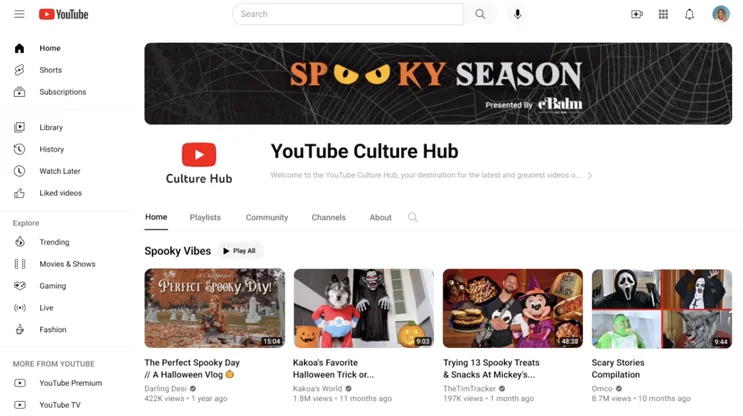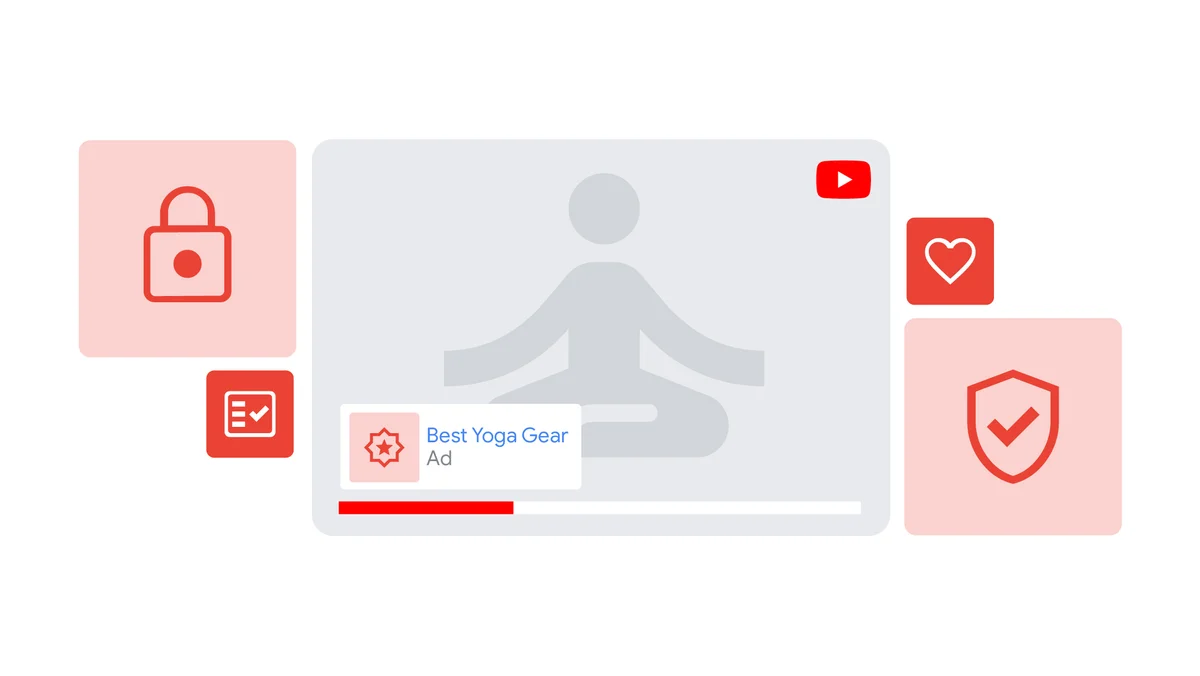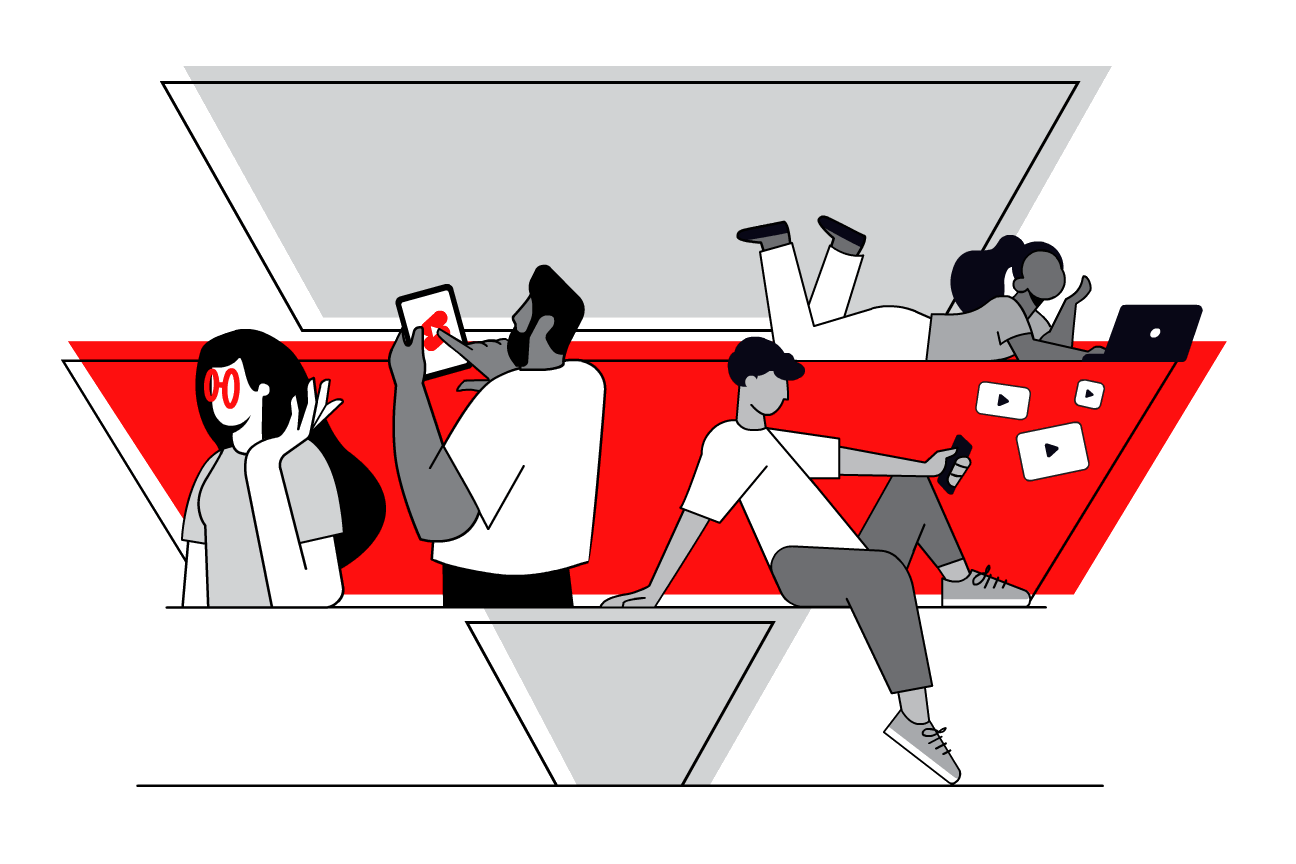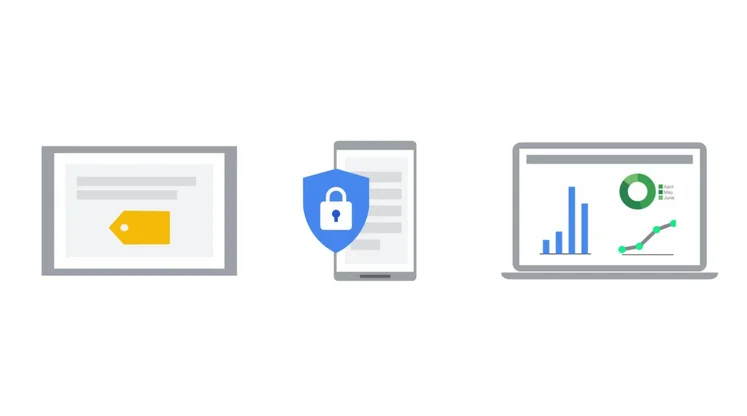In our ever-evolving industry, building trust between marketers and users is crucial. At Google, brand safety and suitability are top priorities, and we actively enforce publisher policies to ensure that your ads don’t appear alongside harmful content. To further prioritize transparency and control, we are introducing five ways for marketers of all sizes to manage their brand safety and suitability. First, we are simplifying how you manage where your brand appears by allowing you to easily exclude certain themes on YouTube and the Google Display Network. Second, we are providing data that quantifies how brand safety impacts your ad reach and performance. Third, we are utilizing Google AI to deliver ads responsibly, detecting patterns and removing harmful content. Fourth, we have received brand safety accreditation from the Media Rating Council, validating our approach. And finally, we are making it easier for you to tailor your ad placements across YouTube. With these methods in place, you can tell your brand’s story in the right contexts, all with reliable safeguards for peace of mind.


This image is property of storage.googleapis.com.
Streamlining exclusion settings
Easily exclude themes on YouTube and Google Display Network
Simplifying the management of settings
Managing your brand’s safety and suitability on digital platforms can sometimes feel overwhelming. That’s why Google is committed to streamlining the exclusion settings for marketers like you. We want to make it easier for you to control where your brand appears and ensure that it aligns with your values and target audience.
To streamline the process, Google now allows you to exclude themes on both YouTube and the Google Display Network more easily. Whether it’s sensitive news or health-related content, you can now act decisively and exclude categories that are not suitable for your brand. These themes are designed to provide more nuance and clarity when opting out of certain content, so you can have peace of mind knowing that your brand is being represented appropriately.
Quantifying the impact on ad reach and performance
Using data to make informed decisions
Content suitability center and estimated impact in Google Ads
As a marketer, balancing brand safety and advertising performance is crucial. Google understands this and wants to provide you with the necessary data to make informed decisions. Last year, we introduced the content suitability center, a tool that allows you to better manage where your ads appear. And earlier this year, we launched the estimated impact feature in Google Ads, which helps you understand how your settings will affect inventory, impressions, and cost.
Now, we’re taking it a step further by making the estimated impact feature available for all advertisers on YouTube. This means that you can easily quantify how your brand safety settings will affect your ad reach and performance. It’s essential to understand the implications of content exclusions for your campaigns, and with estimated impact, you can do just that. Agencies can also play a significant role in helping you navigate these options and optimize your ad strategy for the best results.
Delivering ads responsibly with Google AI
AI-powered technology to enforce ad-friendly and community guidelines
Identifying and removing spam and violating content
In today’s era of AI-powered advertising, it’s crucial to ensure that your ads are reaching customers in a responsible and suitable environment. At Google, we rely on a combination of artificial intelligence and human expertise to enforce our ad-friendly and community guidelines.
Using AI-powered technology, we can detect patterns and identify content that is similar to what we’ve already deemed inappropriate or harmful. This means that we can proactively remove spam and violating content, even before it’s viewed by users. AI also plays a significant role in identifying and removing re-uploaded content that violates our policies. We apply this approach not only to ads but also to comments and other user-generated content on YouTube.
While AI is a powerful tool, human input is equally essential. Our team of human reviewers helps train and improve our AI systems, ensuring that they continuously evolve to deliver a safe and vibrant platform for viewers, advertisers, and content creators.
Validating the approach with industry accreditation
Content-level brand safety accreditation from Media Rating Council
Reviewing policies, human raters, and technology
We understand that your brand’s safety is of utmost importance, and we want to provide you with the assurance that our approach is effective. That’s why we sought content-level brand safety accreditation from the Media Rating Council, an independent organization that sets industry standards.
For the third consecutive year, we received this accreditation after an extensive audit. The review evaluated not only our policies and team of human raters but also the technology we use to analyze videos uploaded to the YouTube platform. This accreditation validates that our brand safety measures meet industry standards and that we’re committed to delivering a safe and suitable advertising experience for all.


This image is property of storage.googleapis.com.
Tailoring ad placements across YouTube
Expanded suitability inventory types
Choosing between standard, limited, and expanded inventory
Your brand is unique, and your advertising strategy should reflect that. Google now offers expanded suitability inventory types on YouTube, allowing you to tailor your ad placements according to your specific goals and brand preferences.
The standard inventory encompasses the very best of YouTube, all of which adhere to our advertiser-friendly guidelines. This is the recommended option for most advertisers. However, if your brand requires more tailored placements, you can choose either limited or expanded inventory. With these options, you have greater control over where your ads appear, ensuring that they align with your target audience and brand values.
BT Group, one of the world’s leading communications services companies, has been testing inventory types on YouTube, and their General Manager of Media, Graeme Adams, highlights the benefits. “Using these new controls, we have been able to develop an approach which extends our reach but ensures our ads appear within appropriate brand-safe content,” says Adams. Using inventory types allows you to strike the right balance between reach and brand safety, giving you peace of mind that your ads are being shown in the right contexts.
Educating marketers on brand safety
Providing guidance on brand safety best practices
Promoting awareness and understanding
Brand safety is a shared responsibility, and Google is committed to educating marketers on best practices. We want to empower you with the knowledge and resources to make informed decisions about your brand’s safety and suitability.
Through our online resources and support, we provide guidance on brand safety best practices. From understanding ad placement options to leveraging advanced features, we aim to promote awareness and understanding. By staying informed and implementing these best practices, you can ensure that your brand is represented responsibly and in line with your values.


This image is property of storage.googleapis.com.
Creating partnerships for brand safety
Collaborating with industry organizations and experts
Building relationships with other brands and marketers
Protecting your brand’s reputation requires collaboration and industry-wide efforts. That’s why Google actively collaborates with industry organizations and experts to ensure that our brand safety measures align with best practices.
By building relationships with other brands and marketers, we can learn from each other’s experiences and work together to address brand safety challenges. Together, we can create a safer advertising ecosystem that fosters trust and ensures responsible practices.
Monitoring and enforcing brand safety policies
Regularly reviewing ad placements and content associations
Taking action against violations and harmful content
Ensuring brand safety is an ongoing process, and Google actively monitors and enforces brand safety policies. We regularly review ad placements and content associations to identify any potential violations or harmful content.
If we find any content that violates our policies, we take prompt action to remove it and prevent it from being monetized through ads. Our commitment to brand safety means that we’re constantly working to improve our systems and stay ahead of evolving challenges.
By constantly monitoring and taking action against violations, we strive to create a reliable and trustworthy advertising environment for both advertisers and users alike.


This image is property of storage.googleapis.com.
Investing in ad verification and measurement tools
Utilizing third-party verification services
Measuring and analyzing ad performance and brand safety
To provide you with accurate insights into your ad performance and brand safety, Google invests in ad verification and measurement tools. We understand the importance of transparent and reliable data in making informed decisions.
By collaborating with trusted third-party verification services, we ensure that the metrics and measurements we provide are accurate and unbiased. This allows you to have a comprehensive view of your ad performance and gauge the effectiveness of your brand safety efforts.
Through these tools, you can analyze data, identify trends, and optimize your advertising strategy to achieve your desired outcomes while maintaining brand safety.
Prioritizing transparency and user trust
Communicating openly about brand safety efforts
Building trust with users through responsible advertising practices
Transparency and user trust are at the forefront of Google’s brand safety initiatives. We believe that open communication and responsible advertising practices are essential in fostering trust between brands and users.
We strive to communicate openly about our brand safety efforts, sharing insights into our policies, processes, and technologies. By being transparent about how we approach brand safety and suitability, we aim to provide clarity and reassurance to both advertisers and users.
Through responsible advertising practices, we prioritize the user experience while safeguarding the reputation of brands. By delivering ads in a responsible and suitable manner, we contribute to a safer and more trustworthy digital advertising ecosystem.
In conclusion, Google is committed to streamlining exclusion settings, quantifying the impact on ad reach and performance, delivering ads responsibly with Google AI, validating the approach with industry accreditation, tailoring ad placements across YouTube, educating marketers on brand safety, creating partnerships for brand safety, monitoring and enforcing brand safety policies, investing in ad verification and measurement tools, and prioritizing transparency and user trust. By implementing these strategies, Google aims to empower marketers with the tools and resources to protect their brands and deliver responsible advertising experiences.


This image is property of storage.googleapis.com.
